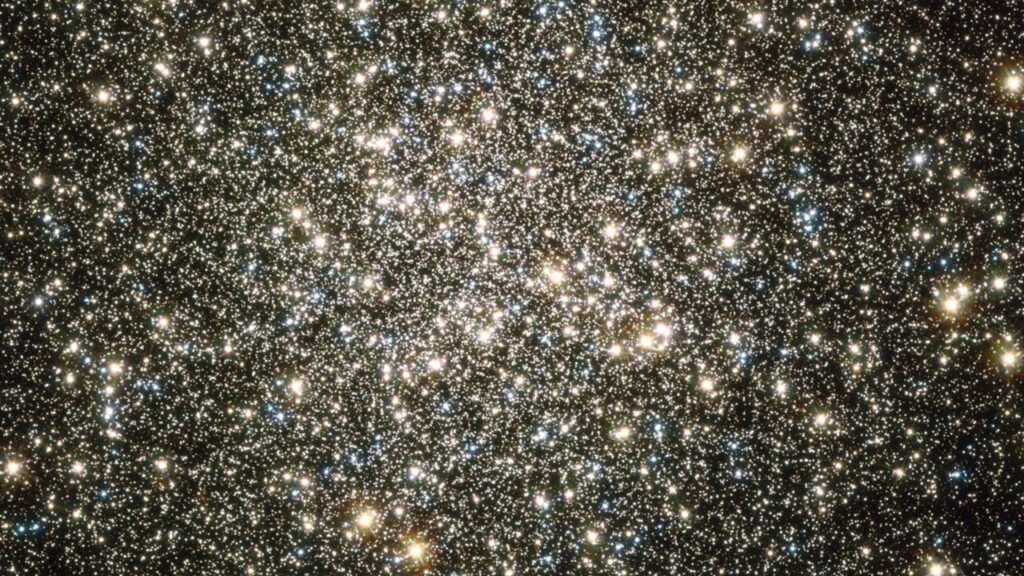
As mid-August approaches, skywatchers in the northern hemisphere can look forward to a captivating astronomical display featuring three prominent star clusters. These celestial wonders, the Great Hercules Cluster, the Hyades, and the Pleiades, will be especially visible during the warm summer nights of August 2025.
Star clusters are groups of stars that are gravitationally bound and typically formed from the same interstellar cloud. They come in two main varieties: open clusters and globular clusters. Open clusters, like the Hyades and Pleiades, tend to be found within the spiral arms of the Milky Way, while globular clusters, such as the Great Hercules Cluster, are generally located in the galactic halo.
The Milky Way is home to approximately 150 globular clusters and over 1,000 open clusters. Some of these clusters are bright enough to be seen as a faint smudge of light by the naked eye in dark-sky locations. For optimal viewing, it’s recommended to allow your eyes about half an hour to adapt to the darkness, which enhances the ability to spot these magnificent formations.
Using binoculars or a telescope can significantly improve the experience. Binoculars with a magnification of 10×50 can help bring the light from these clusters into sharper focus, while telescopes with a 6-inch aperture or larger can reveal the intricate details of these star cities.
Spotlight on the Star Clusters
**The Great Hercules Cluster (M13)**
The Great Hercules Cluster, also known as Messier 13, lies approximately 25,000 light-years from Earth in the constellation Hercules. This cluster contains around 100,000 stars and is best viewed in the hours following sunset. To locate it, look for the diamond-shaped formation of stars known as the ‘Keystone’ within the constellation. For additional assistance, smartphone astronomy apps can provide guidance to help locate this stunning cluster.
**The Hyades Open Star Cluster**
The Hyades, one of the nearest open star clusters to Earth at a distance of just 150 light-years, can be seen in the eastern horizon before dawn. It appears as a sideways ‘V’ formation of stars representing the face of the bull in the Taurus constellation. The red star Aldebaran, which represents the bull’s right eye, is often mistakenly thought to be part of the cluster, but it is actually just 65 light-years away.
**The Pleiades Open Star Cluster (M45)**
Known as the ‘Seven Sisters,’ the Pleiades is one of the most famous open clusters, featuring over a thousand stars, although its appearance is dominated by its seven brightest members. By mid-August, the Pleiades cluster will be situated roughly 10 degrees above the Hyades in the early morning sky. This separation is roughly equivalent to the width of a clenched fist held at arm’s length.
For those interested in enhancing their stargazing experience, various telescopes and binoculars are available at competitive prices. It is advisable to explore reviews and recommendations to find the best equipment for observing these celestial treasures.
As August 2025 unfolds, the visibility of these star clusters presents a unique opportunity for both amateur and seasoned astronomers alike. The summer nights offer an ideal backdrop for exploring the cosmos, allowing individuals to connect with the vastness of space from their own backyards.
For those keen to share their astrophotography, submissions can be sent to [email protected], providing an exciting platform for skywatchers to showcase their captures of these stunning celestial formations.







